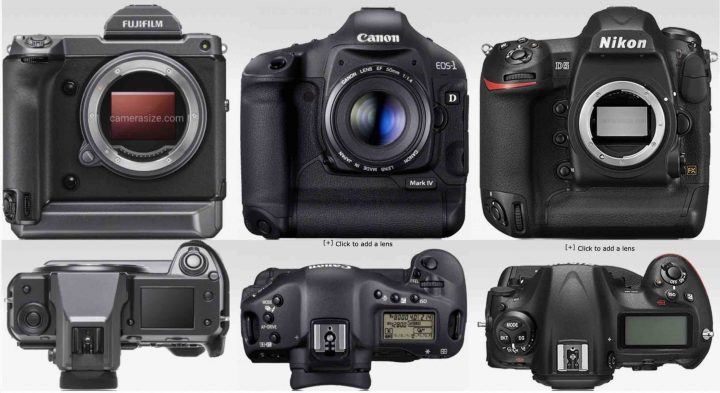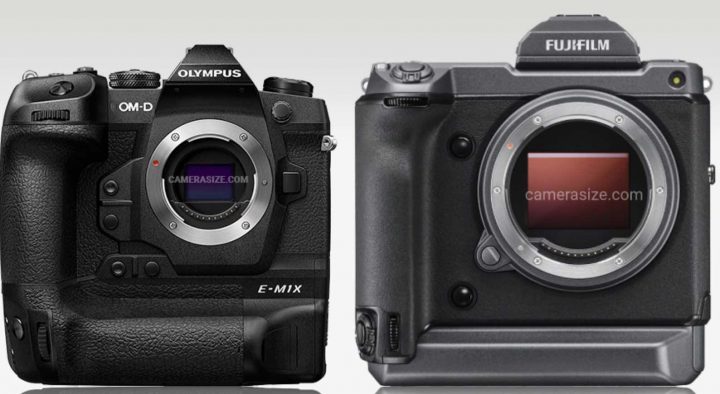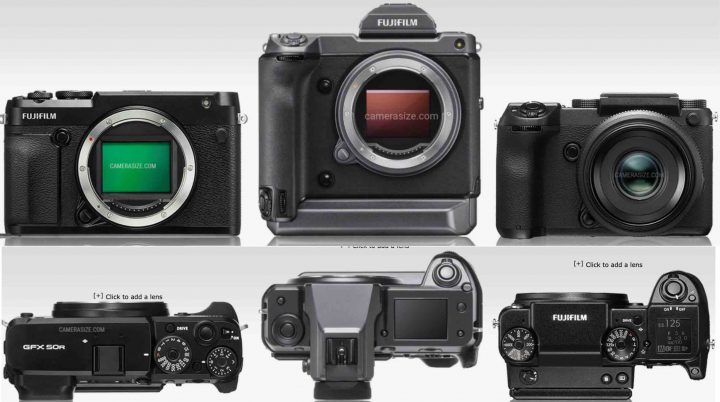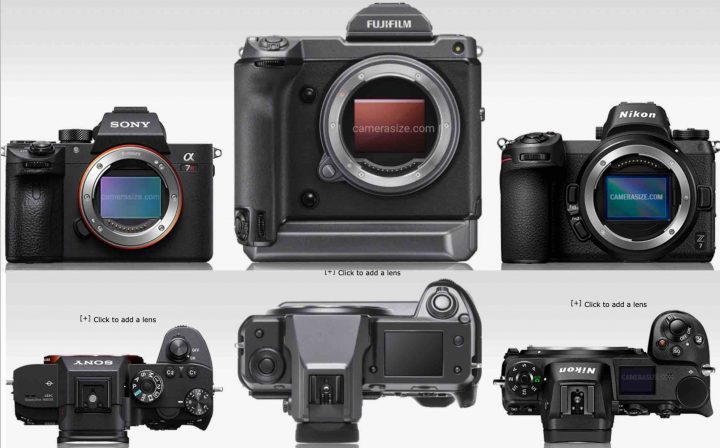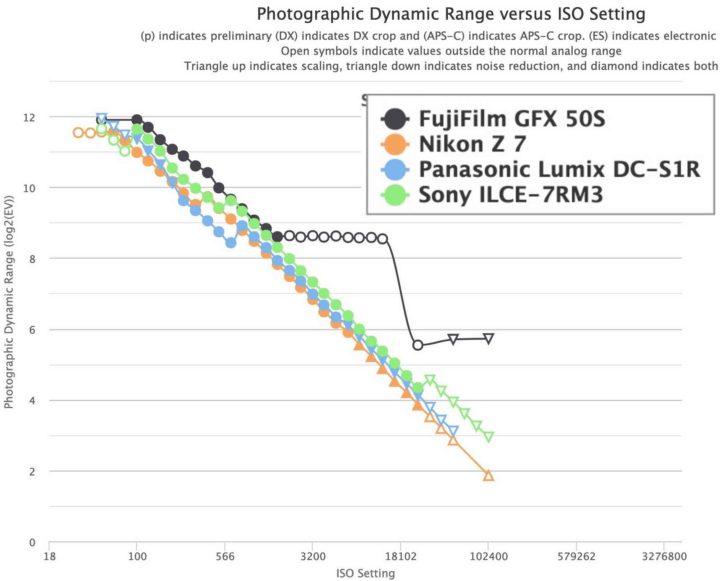Fujifilm X-T4 vs Nikon Z6 Focus Tracking Tests using Fringer Adapters and Canon EF 300mm f/2.8L II
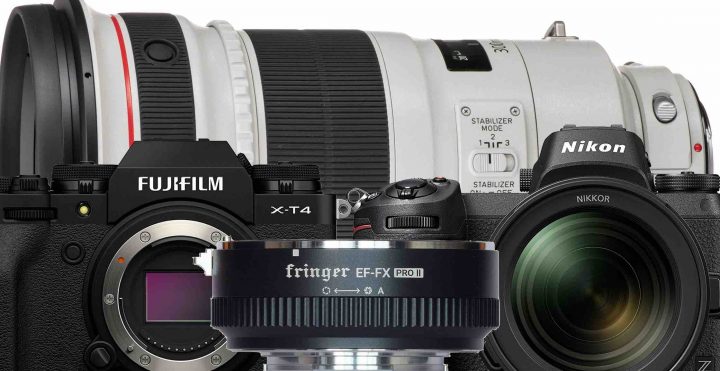
Fringer has shared a video, where he compares the performance of the Canon EF300mm f/2.8L II on the (pre-production) Fujifilm X-T4 and the Nikon Z6 using the Fringer smart autofocus adapter.
You can see the video down below.
The results:
- Nikon Z6 at 9 fps: sharp images 20/25
- Fujifilm X-T4 at 14 fps: sharp images 22/25
His overall conclusion:
- When adapting the Canon EF300mm f/2.8L II on the Fringer adapters, both cameras perform very well
- in stills mode, focus tracking is better on the Fujifilm X-T4. The X-T4 has a higher frame rate and also a higher accuracy (88% vs 80%)
- in movie mode both cameras track very well
You can get the Fringer EF-FX Pro II at AmazonUS, BHphoto and Adorama.
- Fringer EF-FX Pro II: AmazonUS / BHphoto / Adorama
- Canon EF 300mm f/2.8 L II: AmazonUS / BHphoto / Adorama
- Fujifilm X-T4: BHphoto / AmazonUS / Adorama / FocusCamera
- Nikon Z6: AmazonUS / BHphoto / Adorama
Follow FujiRumors: Patreon, Facebook, Instagram, RSS-feed, Youtube, Flipboard and Twitter
- Join our User Groups: Fujifilm X-T, GFX, X-H, X-Pro, X-E and X100 line
- Best Facebook Pages: Fujifilm X-T, Fujifilm X-H and Fujifilm GFX

